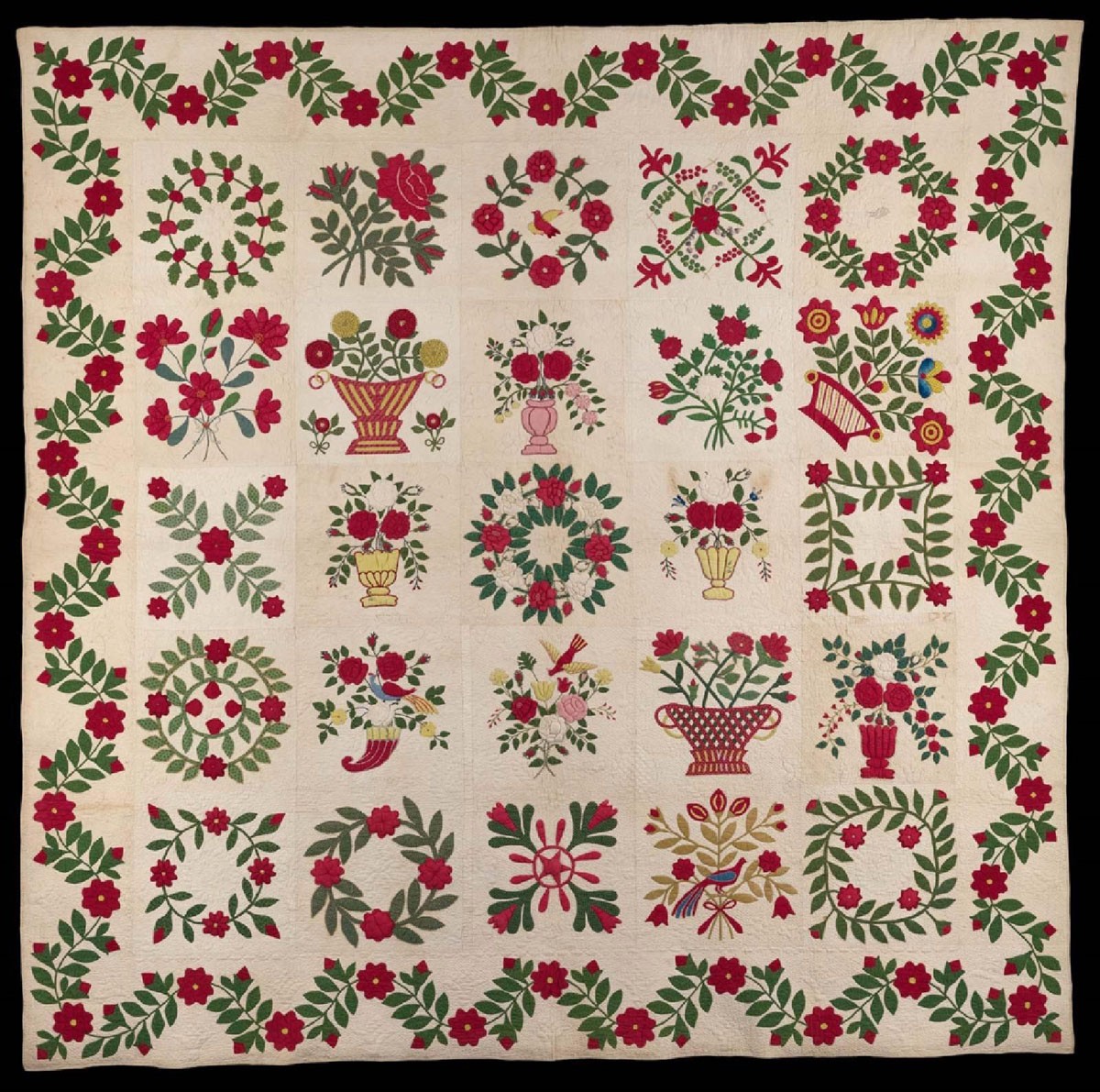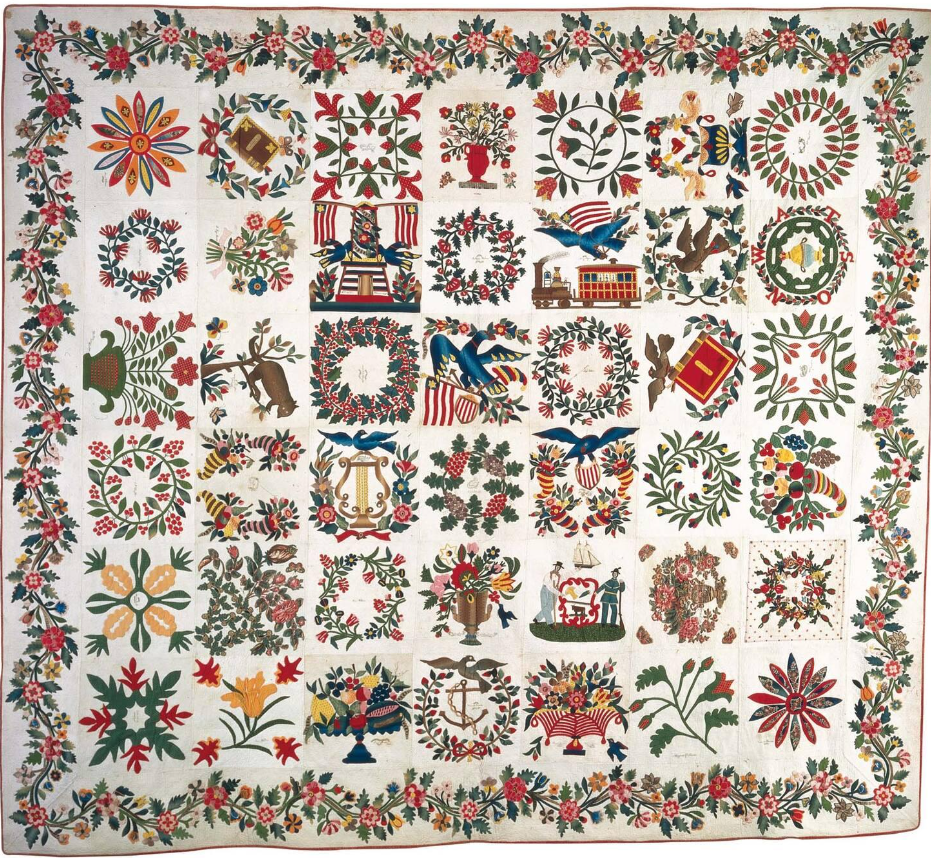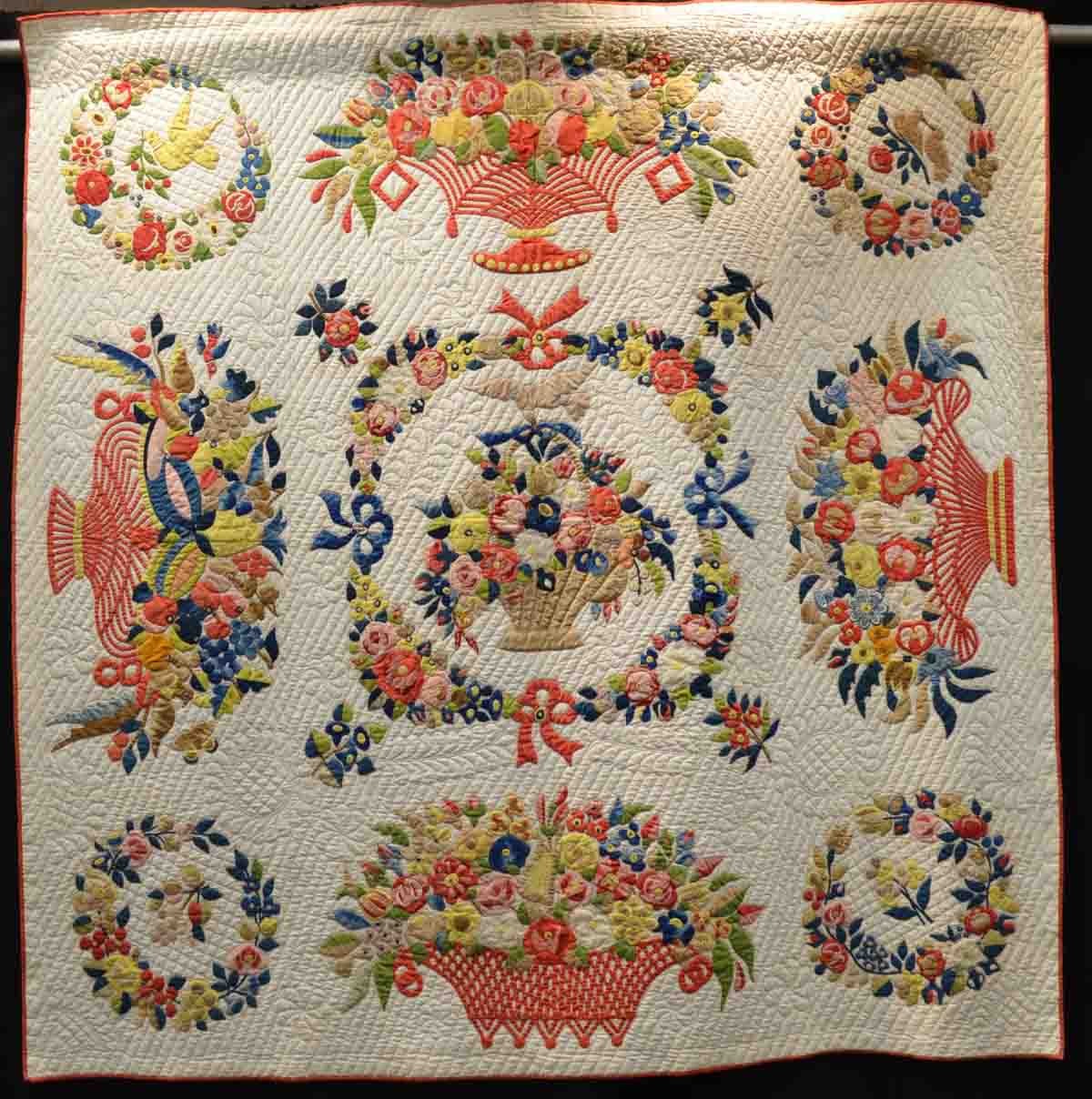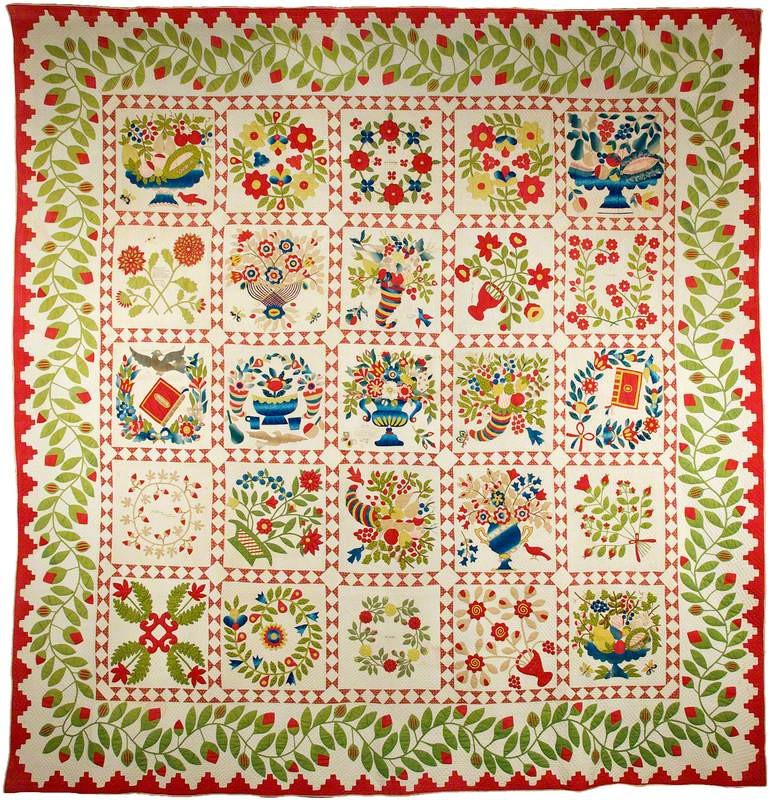
There are more than 500 references to quilting frolics in US newspapers during the 19th century. Both men and women could participate in the quilting parties. Sue Reich deserves credit for bringing the frolic name to our attention in her book on signature quilts. According to Dr. William Dunton, in 1845 Mrs. Henry Richmond (who lived at Eutaw Street north of Biddle) gave an album block party. Or it may have been friends of hers decided to give her an album block party. The Richmond frolics resulted in two beautiful album quilts, the second one dated 1846, and a framed block. As I was considering a recent invitation to a quilting party which we were calling a frolic, I wondered about how the ladies back then handled getting supplies. In mid-19th century Baltimore, you might stop...





